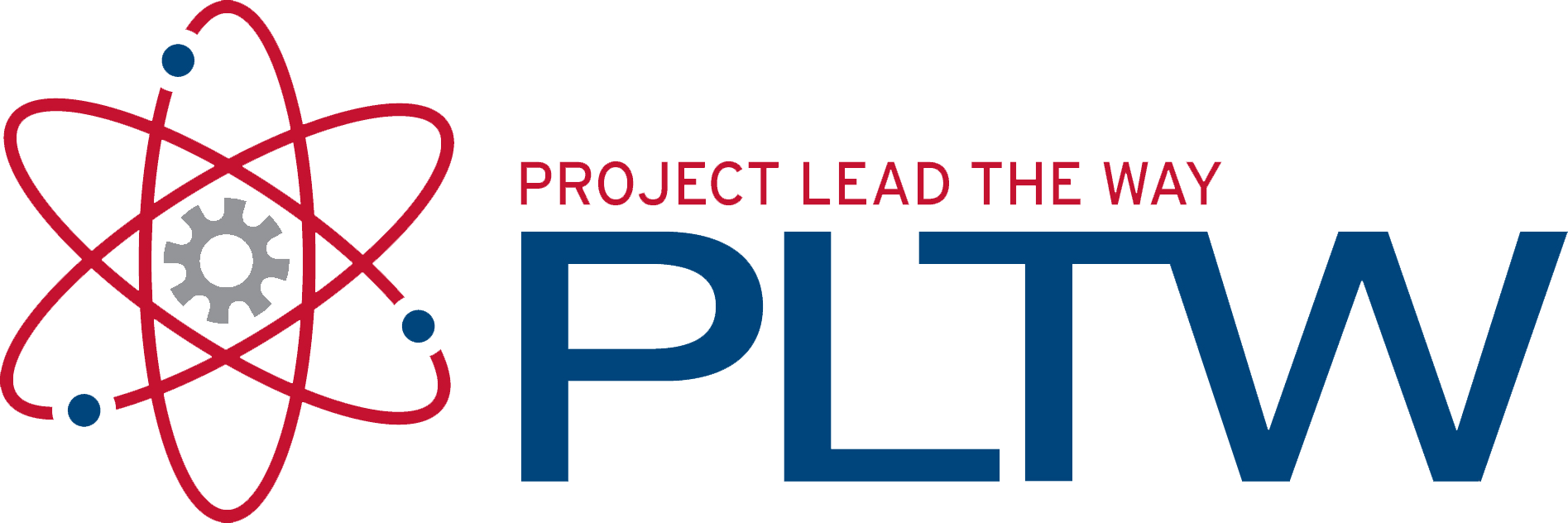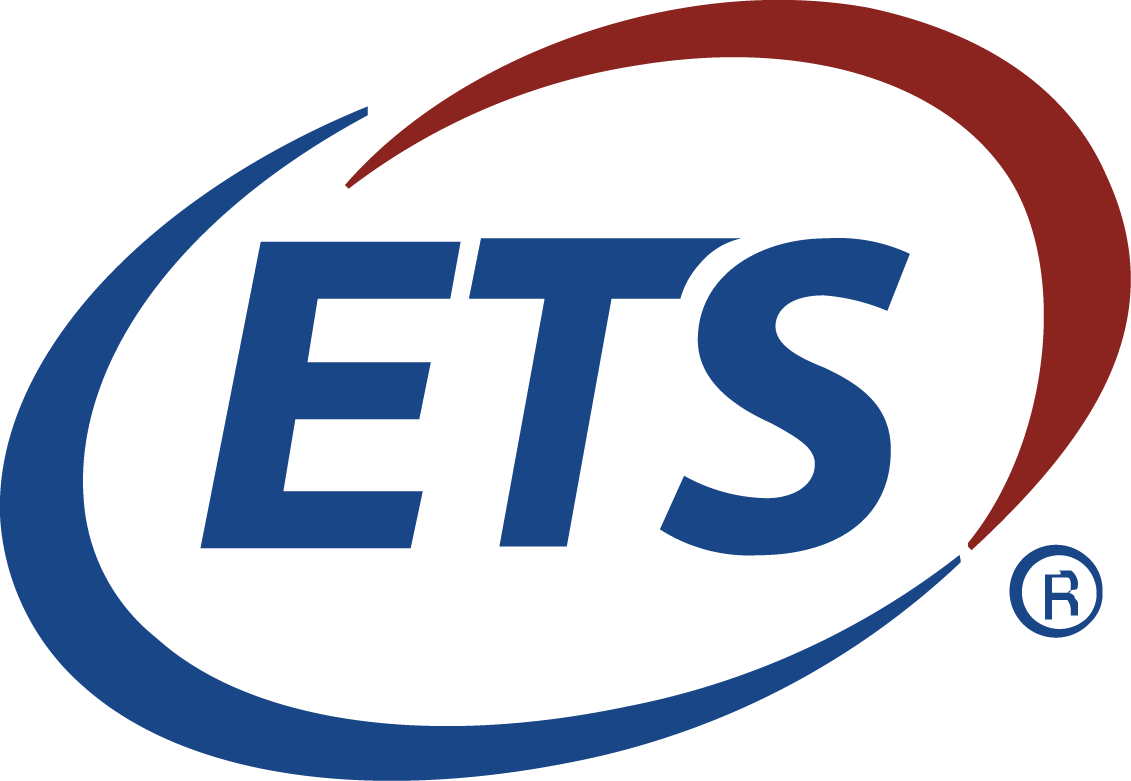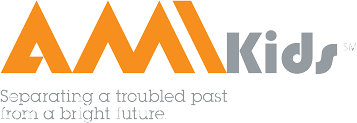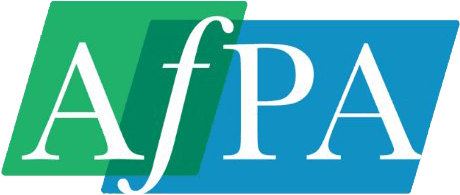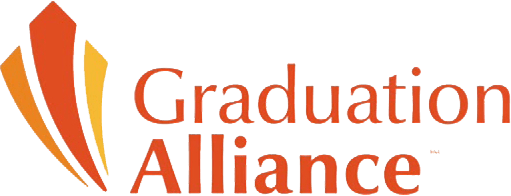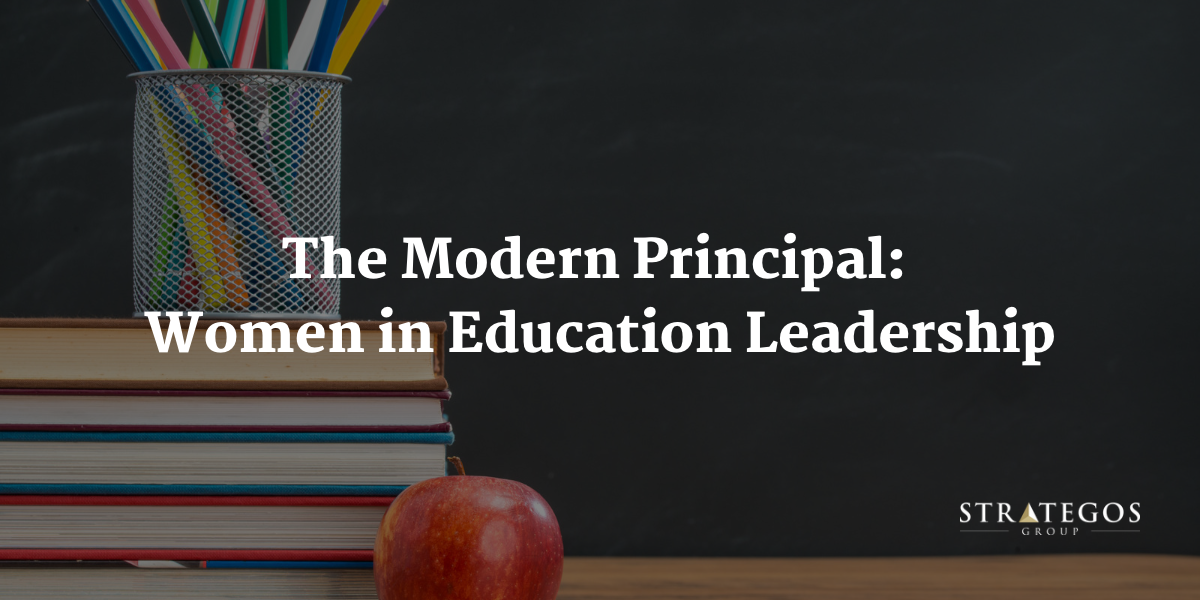
The modern principal faces challenges and stressors that are often less acknowledged than others in the education environment. As a result, many principals often find themselves left to their own devices as leaders to the various stakeholders that range from administrators to teachers and parents. Part of the principal's job description includes managing performance, communication, and overseeing overall school culture, resulting in increased pressure to address the delicate balance between demands and resources.
Since the pandemic, attrition rates have climbed inside the principal community. Unless school systems are careful, losing key leaders could have a negative trickle-down effect on the quality of education for all students.
Dr. Rod Berger of Strategos sat down with Christy Lamb and Karen Hile, co-founders of The Modern Principal, to get a beat on the atmosphere facing principals. This online platform and podcast bring a collection of thoughts to redefine the role of leadership in schools. Together, they are helping to shape the dialogue on the environment facing principals and women in leadership positions while offering practical problem-solving, relationship-building, and system solutions.
As we enter 2023, a reflection on the environment that principals faced last year can help bring perspective to continued support and awareness efforts moving forward.
Rod Berger: We are speaking with Christy Lamb and Karen Hile, co-founders of The Modern Principal and the Modern Principal Podcast. As a backdrop, today's educational landscape is more public than ever, bringing many more people to the conversation.
Let’s start with you, Karen. With the change in landscape, I wonder how we support current principals and those who desire the role. How might we address professional development to equip them with the skills they need in a much more public world than ever before?
Karen Hile: The pandemic shifted education, highlighting the need for real conversations on the conditions that are happening inside the community. It’s important to realize that the way it was working before wasn't working for everyone. The pandemic put a lot of stress and strain on the system. When we first shut down, school employees were hailed as heroes. But the following year, when it didn't go back to normal quickly enough, the stress of life came down on everybody, and a spotlight shined on the problems.
Importance of Communication
Berger: Let’s discuss the communication side. I don't think the fault should be at the foot of the principal. I wonder about the support system for principals. Sometimes principals are put in a no-win situation. Principals are left to fend for themselves without a strong communication plan from districts. What do you think, Christy?
Christy Lamb: We benefit from being in a district with a solid communication plan. Things are communicated to the building level of principals before they are released to the public. It is vital to make sure that everyone is saying the same thing and knowing that if someone is mad at a building principal, they will go to a supervisor with the same message.
In contrast, other districts around us would make a decision and then roll that out to the public. And once the public responded negatively, the decision was reversed. So, a district that tries to support its principals must say what they mean and stick to it. It’s how to keep unity within school districts.
Power of Culture
Berger: What are the effects of communication or lack of it on the school culture? A principal needs to communicate effectively with parents and staff, which can be challenging, let alone managing the building with day-to-day operations.
Lamb: It was a hard lesson at the beginning of the pandemic. There was sometimes a need for more information from the central office, and some staff felt left out regarding how to lead from their perspective. So I had to reconvene with our staff and let them know that even if I do not have information, it’s essential to share that with them. Saying nothing says a lot, so it’s necessary to communicate.
Hile: People who come into education sometimes underestimate the power of culture. As a principle, that is an essential aspect that you influence. You impact the culture of your work with all the stakeholders involved, from certified staff, classified staff, parents, the central office, and news outlets. I don't know if anybody else in the school district deals with as many people.
Berger: Karen, we're so big in data, but I hope we can avoid figuring it out later and repeating the same mistakes in education. When it comes to leadership, how can we quantify the impact of principals who are leaving or those who don't feel supported or connected? How do we handle the attrition rate to feed the talent pipeline, and how do we understand that data and not just patch the holes in the dam?
Hile: Retention comes down to the job demand resource model, the demands on a principle, and how many resources are available to counterbalance those demands. Unfortunately, we're losing resources with more needs. There is essential attention on teacher retention issues, but more focus is needed on the principal. People forget that the principal is the number two influence on student achievement in a school but almost number one on teacher retention. So it’s crucial to further the research on that dynamic in supporting and keeping principals.
Berger: School boards are becoming more vocal and placing pressure on education. Is there a silver lining to this changing world to prepare teachers and principals for this altered environment?
Hile: I remain optimistic because our work is valuable and centered on the right things. At some point, we can control the message, communicate, and start sharing our story to figure out how to quiet the news and get the correct information in people's hands about the actual work we're doing. That's a good step in the right direction.
There should be more reform on how we prepare teachers and principals. The old model needs fixing, and teachers and principals should have more apprenticeship opportunities. We also need to look at pay and other benefits people can get for the work they're being asked to do.
Women in Leadership
Berger: Let’s pivot to celebrating women in leadership. I think it's essential that we celebrate strong women like yourselves in education and everywhere. You work in education and most likely realize that there is sometimes a lack of appreciation for the skill set of principals. Christy, talk about what it means to be a strong woman in education and how you face the industry's gale-force winds.
Lamb: It’s part of our origin story about why we decided to start The Modern Principal. I remember calling one of the only principals other than Karen I knew for advice as a younger professional. It was a male principal, and he gave me some advice on speaking to a staff member. I knew it would not go over well as a 30-year-old woman saying what was offered, and I knew something was off.
I decided to sit down and have dinner with Karen, and we discussed forming more of a community for young women principals. The way we act, the decisions we make, and the things we say are scrutinized differently and have different impacts than a man.
Hile: Yes, we are both doing doctoral work right now. Stats suggest that nearly 75% of teachers are women, but only about 35% of females make up high school principals, and an even less percentage are superintendents. We’ve done podcasts on this with research, and we have found that women often wait longer to ask for promotion than men, sometimes 5-10 years longer.
In addition, there’s a stigma on principals without kids of their own as not understanding or connecting, and for those with children, there is criticism if they are pulled away from work for their family issues. So, it’s a paradox to handle.
Family planning messages arrive on our Instagram about having a baby before becoming a principal or afterward. Women are searching for answers and asking for guidance, even on subjects that are personal and something we would necessarily feel comfortable advising. Yet, it underscores the need for more overall communication and community.
An Increased Voice
Berger: The media with branding and voice has undoubtedly affected your journey. How has that impacted your appreciation for the education community and personally? What difference has it made in context to your personal and professional experience?
Hile: Getting to know all these women all over the country, connecting with them, and sharing the same and different things has been so rewarding. It provides a larger picture of what education looks like across our country and has made me a more reflective practitioner and more responsive.
Lamb: Using Instagram, we make it a purpose and intent to follow other people in education in our role who had different experiences and maybe do not have their voices amplified. We wish to learn about the experiences of other people who are in education that are doing their best. It has widened our perspective on inclusion and equity. We will never understand what it's like to be of a different race when we're principal, but we need to listen to those stories and hear about them. So that's been a significant part of social media.
Hile: Also, people have this vision that a woman leader has to be buttoned up, stuffy, and outwardly strong. We wanted to show that women can also be strong while also being soft. We can love pop culture and also be good at education. We can be ourselves and still remain dedicated to our jobs.
Berger: Can you project into the future about your platform and its influence on the current education environments and the road ahead?
Lamb: The biggest thing is continuing to build our community. One of the praises we get is when we have a 25 or 26-year-old female teacher who writes to us stating that she started an admin program, never believing she could do it, and now has the confidence after seeing us do it. We want to continue to inspire other people into the role. So, we will continue doing our podcast with an added subscription service. In addition, there will be resources for principals and associated services such as membership and masterminds.
We wish to help each other problem-solve freely with a certain level of anonymity that doesn’t interfere with the complications inside certain work environments. But, it comes down to building the community and, hopefully, giving back through our resources to principals so they can focus on the things that matter most.
Hile: If we can inspire someone to get up tomorrow and smile when doing their job, that ultimately feels wonderful.
To listen to the entirety of this podcast, head over to On Balance, and to learn more about Christy Lamb and Karen Hile's efforts, visit The Modern Principal for recent podcasts and continued added information on the culture of principals.


